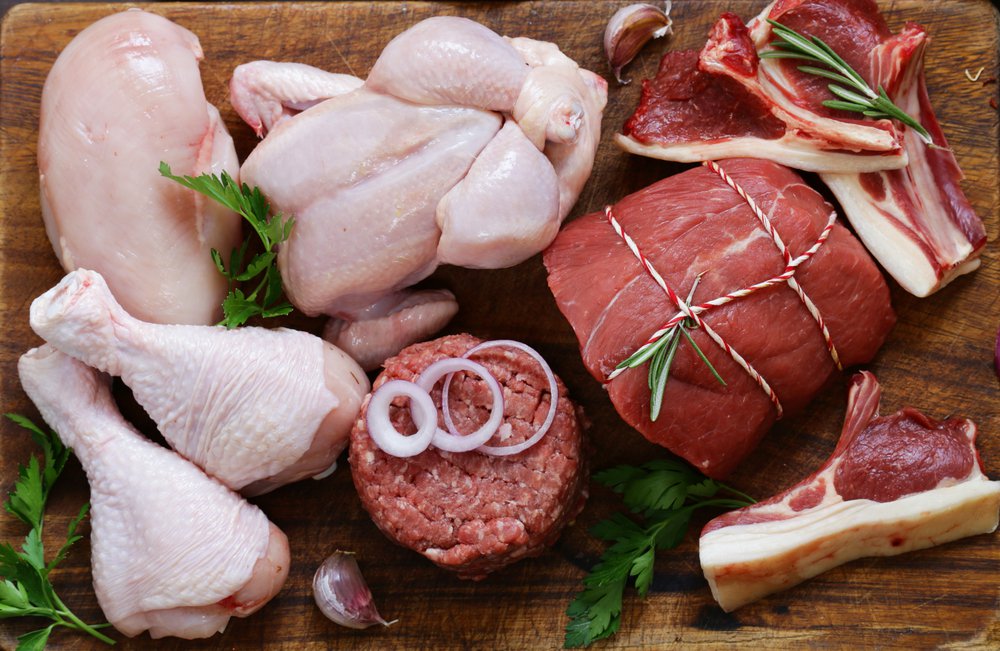
Author: Jenna Birch
Source: Washington Post
As an average consumer, you probably have a vague awareness of the nutritional value of your animal proteins — fish being better than red meat, for example. The issue can be complicated, because all animal proteins have pros and cons, research can come up with conflicting results, and studies can surprise us. For example, research suggests that in terms of cholesterol alone, eating white meat chicken is as bad for you as eating beef.
Still, there’s a generally agreed upon hierarchy of nutritional value when it comes to animal protein and small shifts in your diet might have greater effects than you realize. In a study of the Danish population, researchers found that Danes could gain more than 7,000 years of healthy life annually if they ate the recommended quantity (12 ounces per week) of fish, while at the same time replacing red and processed meats in their diet.
“It’s important to note that there is no one-size-fits-all healthier diet or meat per se,” said Janese Laster, a physician nutrition specialist in the District. Also crucial? “There are differences in farming practices, so throughout the United States, each person is getting different risks and benefits from the meats.” Keeping that in mind, here are some conclusions that can be made about different categories of animal protein, starting with the good.
A Cut Above: Fish and Poultry
Poultry and fish are considered the best animal proteins you can load your diet with, Laster said. Fish is hailed for its omega-3 fatty acids, which can protect against cardiovascular disease. Fish is also rich in vitamin D, selenium and protein. “A healthy diet would entail a great diversity of fish consumption, rather than the same fish every day, along with fish that is wild caught rather than farmed,” Laster said. Because there’s some risk of ingesting “mercury, polychlorinated biphenyls, microplastic due to our polluted water supply,” try to avoid species such as swordfish or king mackerel and opt for cod or salmon instead.
Poultry, such as chicken and turkey, is also great protein source, low in calories and saturated fat. Keri Gans, registered dietitian and author of “The Small Change Diet, ” used to recommend light meat over dark, but the fat difference is actually quite minimal. “Eat what you enjoy” is her new advice. “That said, breast meat is typically leaner than thigh, and you should always look at how it’s prepared.” Chicken wings loaded in sauce are not the best option. Gans recommends baking and grilling, and a skinless, boneless cut of poultry to keep each serving the healthiest.
You might need fish and poultry even less than you think. (Research from the American Journal of Clinical Nutrition shows that even white meat consumption can increase cholesterol.) Though the American Heart Association recommends two to three servings of fish a week and eight to nine servings of super-lean protein, Laster says consuming just two to four servings per month of fish and two to four servings per month of poultry can provide benefits, according to research. “There is data to suggest a very low quantity of meat in general for healthier disease-free living, around two to four servings per month,” Laster said. “But if poultry is consumed, it should be of the best farming practices, with free range, no antibiotics or hormones, and livestock being provided with proper food, along with uncontaminated slaughtering practices.”
Read the full article here: https://www.washingtonpost.com/lifestyle/wellness/from-fish-to-bacon-a-ranking-of-meats-in-order-of-healthiness/2019/07/02/2de2dce0-9435-11e9-aadb-74e6b2b46f6a_story.html?noredirect=on&utm_term=.4ba5ea458782

